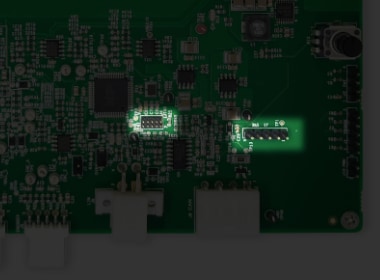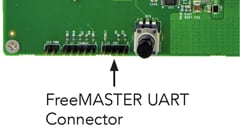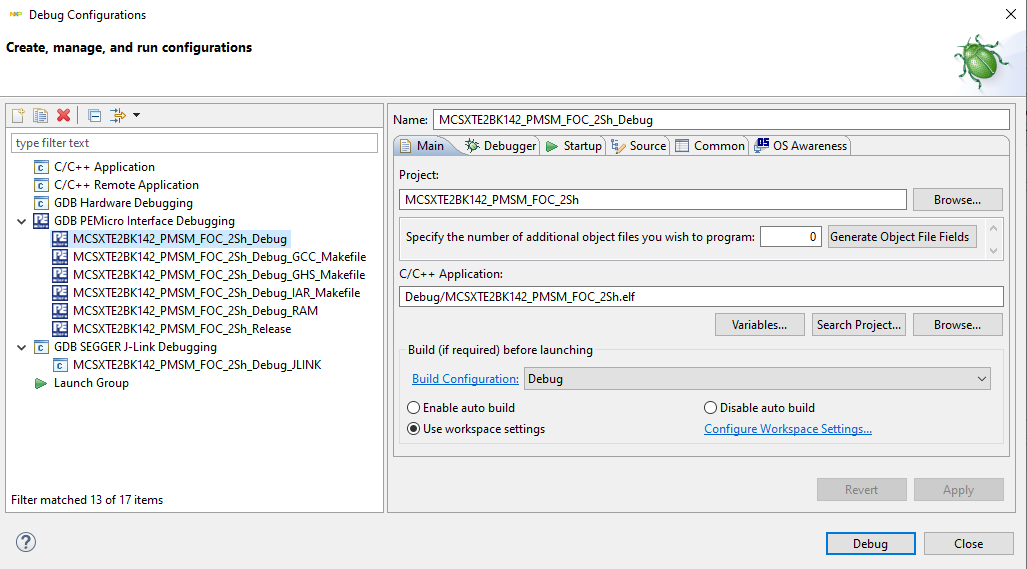Getting Started with the MCSXTE2BK142
Contents of this document
-
Plug It In
-
Get Software
-
Build, Run
-
Debug
Sign in to save your progress. Don't have an account? Create one.

Purchase your S32K142 BLDC/PMSM Development Board
1. Plug It In
Get Started with the MCSXTE2BK142 for 3-phase Permanent Magnet (BLDC/PMSM) motor
Let's take your MCSXTE2BK142 development board engineered for 3-phase Permanent Magnet (BLDC/PMSM) motor up to 800 W output at 24 V system or up to 400 W at 12 V system for a test drive!
Choose between watching a short setup video or following the step-by-step guide.
1.1 Download the MCSXTE2BK142 Application Software
The Software Package includes the software projects for most typical hardware configurations.
Get MCSXTE2BK142 Application Software1.2 Get your Integrated Development Environment (IDE)
MCSXTE2BK142 performs better when using 32 Design Studio for Arm®-based MCUs
Download S32 Design Studio for Arm1.3 Get the Run-Time Debugging Tool
MCSXTE2BK142 performs better when using the FreeMASTER tool for run-time debugging.
Download FreeMASTER tool3. Build, Run
3.1 Import the Demo Project Using your IDE
Import the installed application software project in the S32 Design Studio for Arm by launching S32 Design Studio and then click File > Import and then select General > Existing Projects into Workspace.
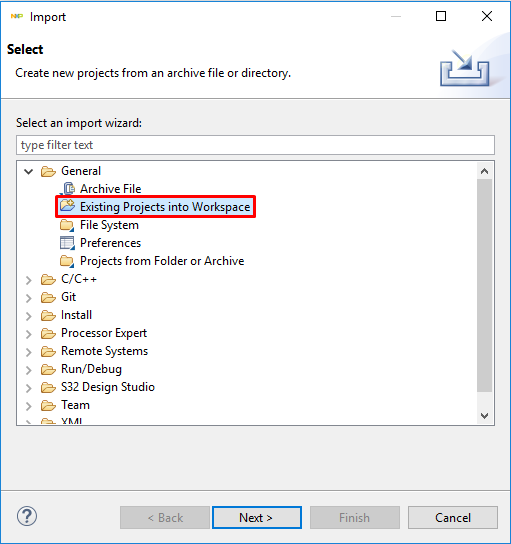
Navigate to the installed application directory: .. MC_DevKits\MCSXTE2BK142\sw
folder, select project and click OK, then
Finish
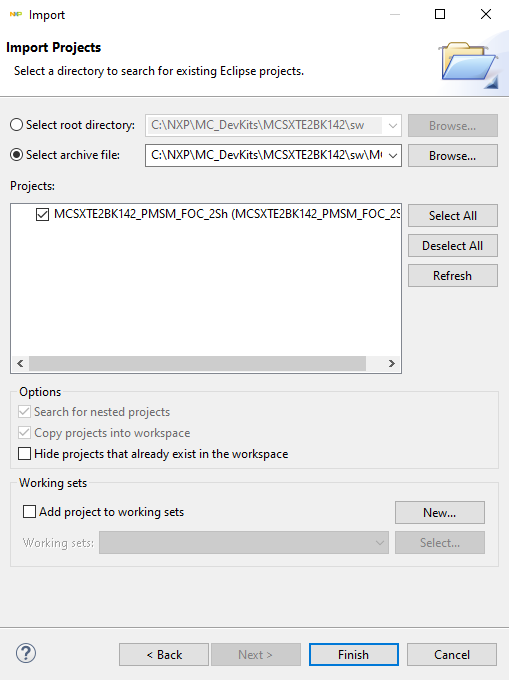
3.2 Optional - Build Project
These steps should not be necessary since they are executed in the next step automatically:
Right click on the imported project and select Clean
Right click on the imported project and select Build

4. Debug
4.1 Start a Debugger Project
Start the FreeMASTER project for debugging by launching FreeMASTER and then open *.pmp
file from MCSXTE2BK142\FreeMASTER_control folder. File > Open
Project…
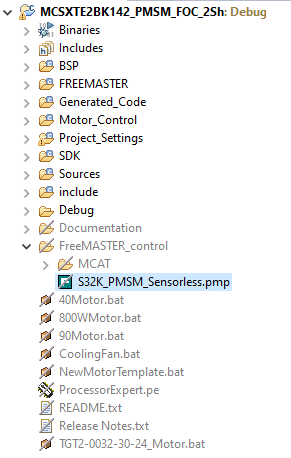
4.2 Create a Connection with the S32K142 MCU
Go to FreeMASTER project options, select the USB to TTL interface serial port at your computer and setup 115kbit per second communication speed.
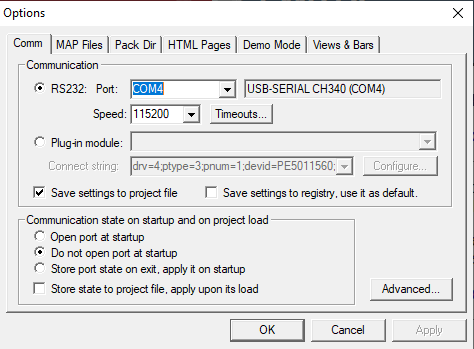
Click the green GO! button in the FreeMASTER toolbar (or press <CTRL> + <G>) to enable the communication
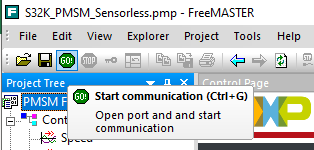
Successful communication is signalized in the status bar at very bottom as:
RS232 UART Communication;COMn; speed = 115200




